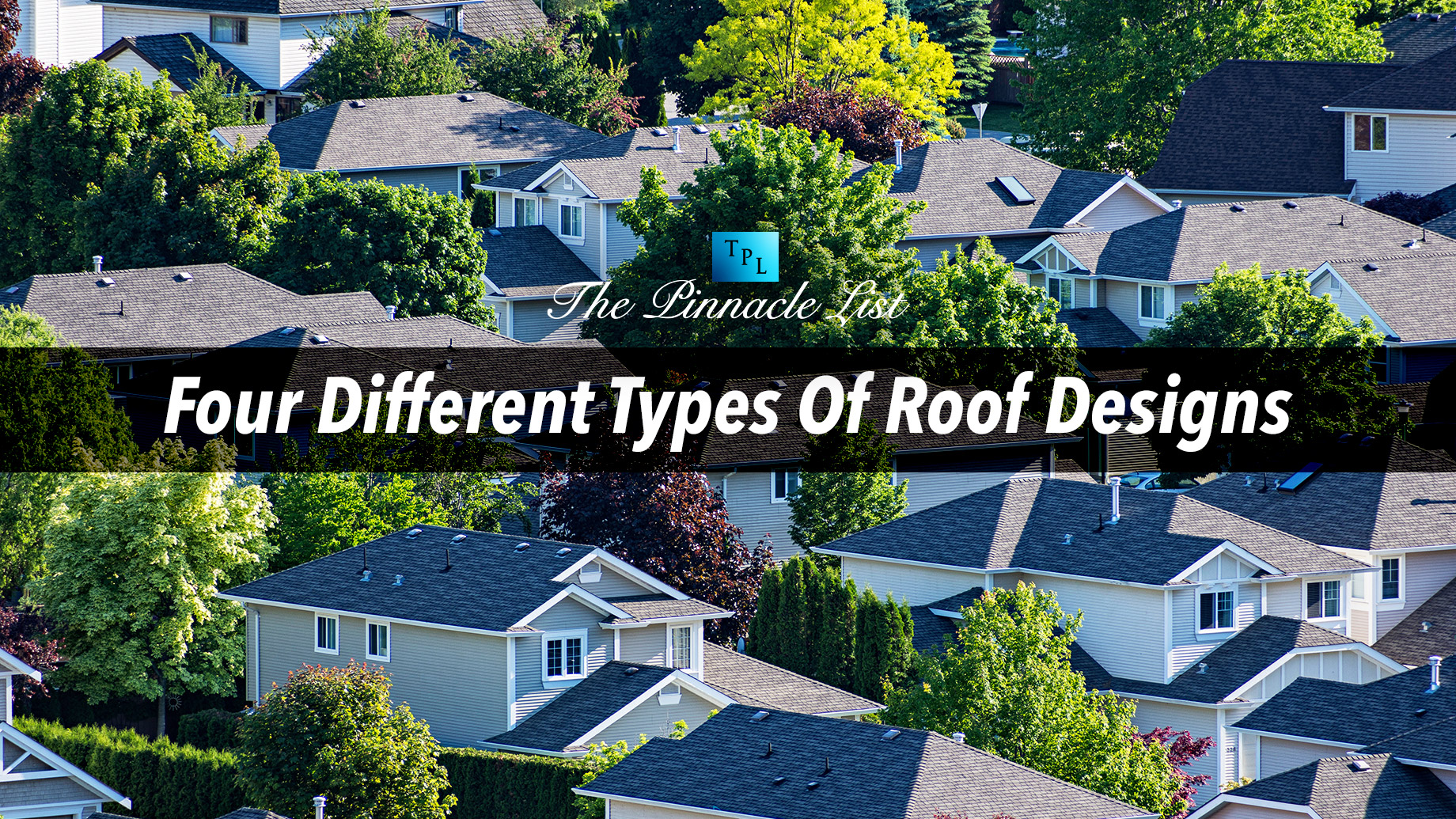
The roof of a building is the top layer of the exterior. It is often finished with shingles, tiles, or slate and can include skylights and vents. The roof protects people and property from the elements, including rain, snow, wind, sunlight, and hail. In addition, it provides a location for antennae on radio broadcast stations. A sloping roof may be called a gambrel roof, while an almost flat one may be called a hipped roof. This article will discuss some popular Roof designs that are currently in use around the world.
1. Gable Roof
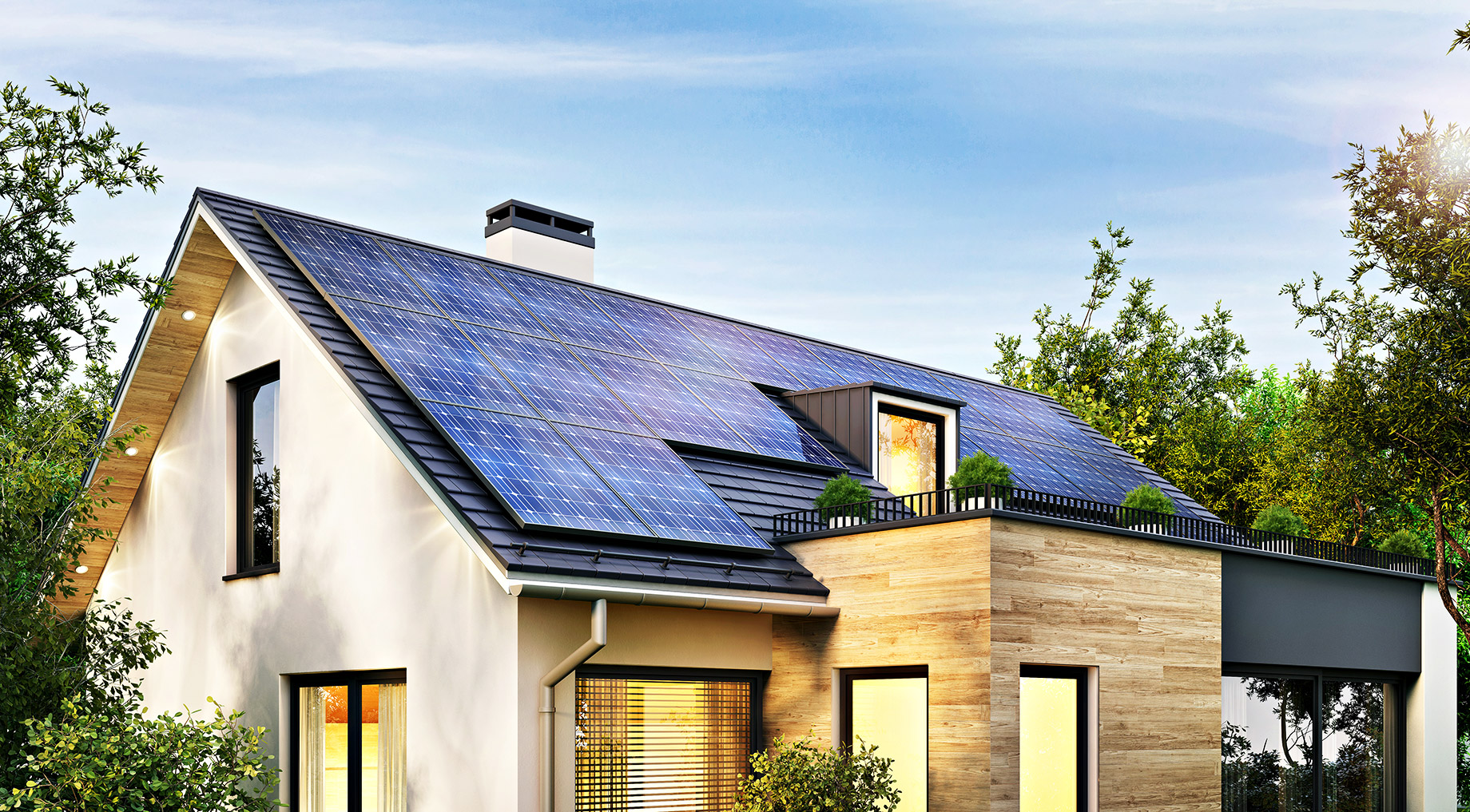
The term “gable” comes from the Old French word “gamble,” meaning side, one of which was a plumb line or rule that people used to keep houses level. The house with a gabled roof is often called a gambrel roof, and the gable attachment is called a gambrel. One method of creating the roof is with a “rafter” (a long, thin board or plank of wood) that extends from the ridge to one or all sides. The points of intersection are called pitch lines.
The roof’s pitch must be steep enough to prevent water from collecting, and gambrel roofs are also called Skew-Back roofs. Some houses with a gambrel roof may have dormer windows in the upper portion that let light into the attic room, while others may have only skylights. A transverse gable may also be used on the house and is often part of a stepped gable design.
2. Hip Roof
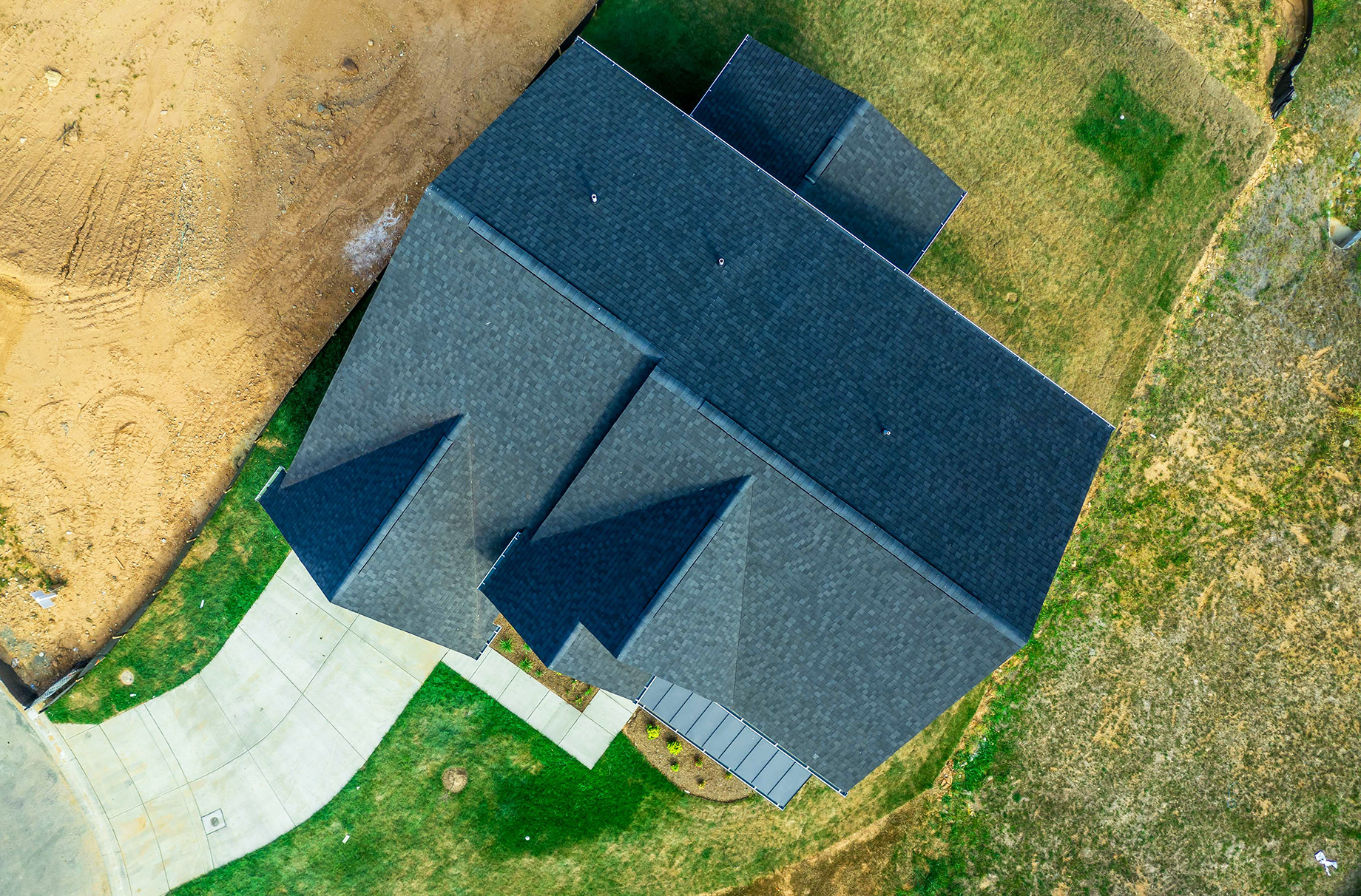
The hip roof is a popular roof design because it is easy to construct with basic materials like plywood, shingles (plaster), insulation, and waterproofing. In addition, it is relatively simple to add dormers and chimneys on the hip roof. A gabled hip roof has a single side extending to the ridge, and other sides extend from that side to the house’s walls.
Some of the most common types of roofs used in homes include the hip roof in the first place. These sides extend below the ridgeline. Shelton Roofing of Santa Cruz will be the best option for getting the best roofing service with a reliable budget.
3. Pagoda Roof
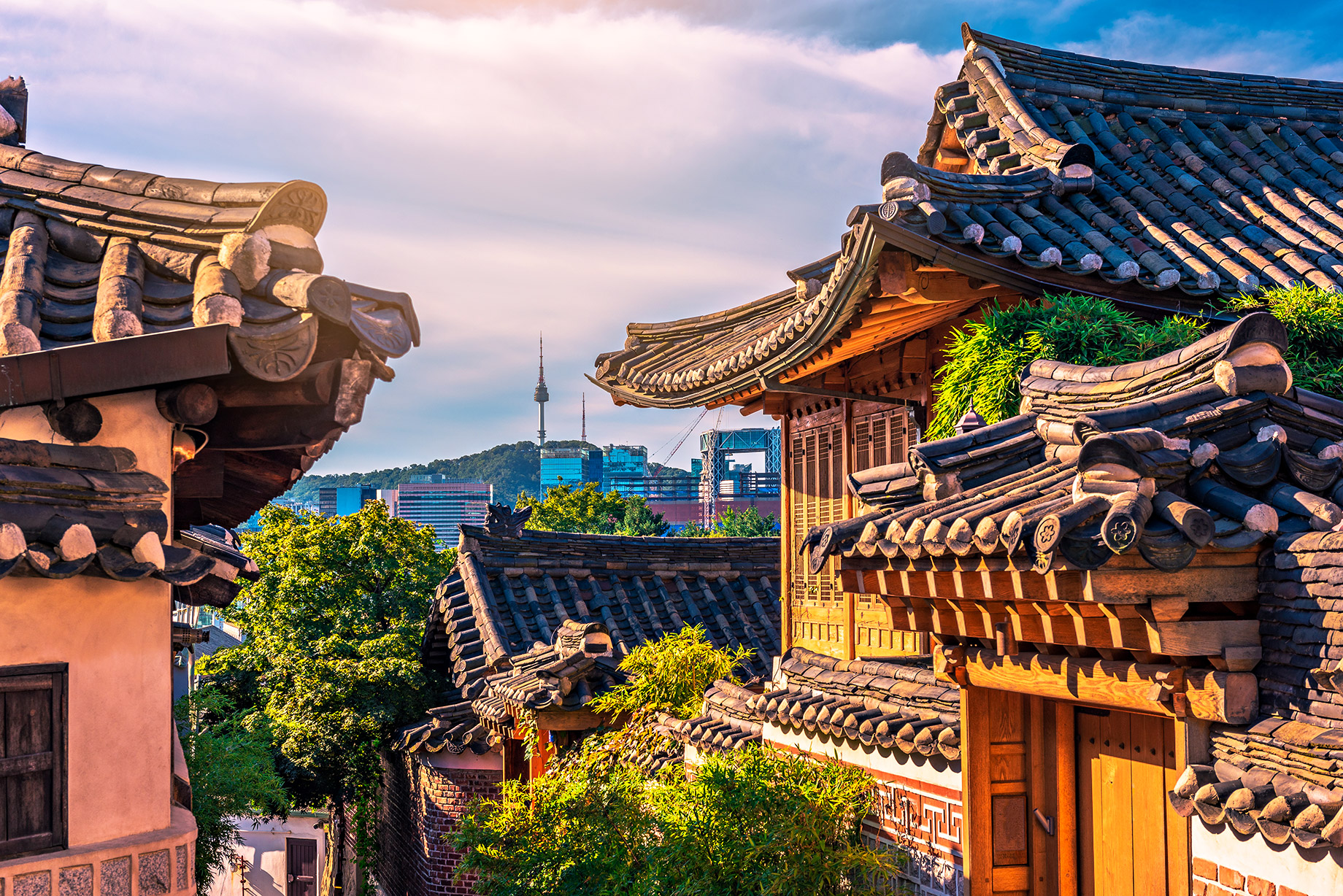
Pagoda (tiered roofs) is typical of most Chinese, Japanese, and Korean buildings. They are characterized by their upturned eaves, which are supported by brackets. However, they can also be constructed without frames if the span is short enough. The style and shape of pagodas can vary depending on region, religion, and local traditions.
4. Flat Roof
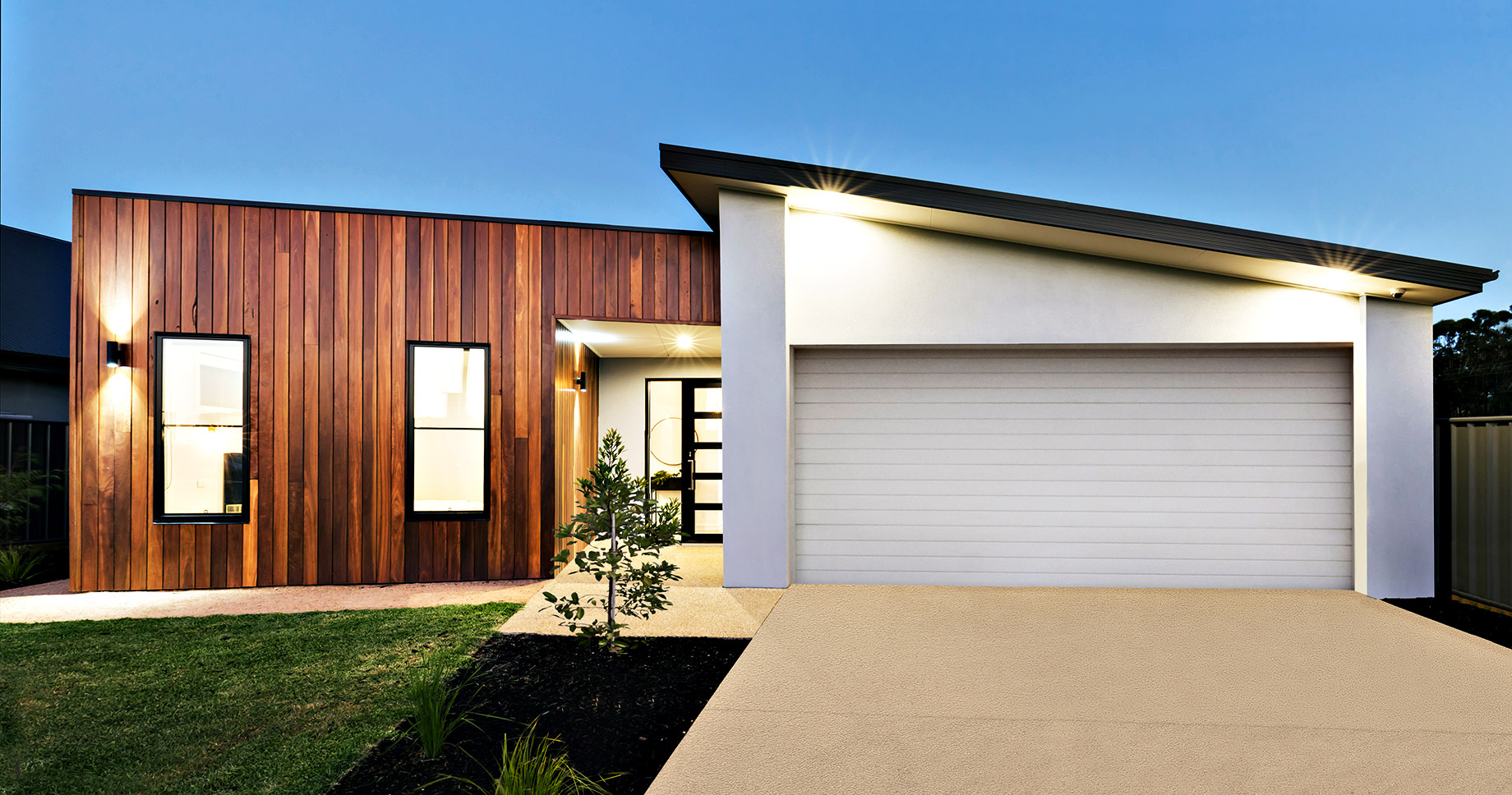
Flat roofs consist of solid sheets of material or a structure built with basic materials like plywood, shingles (plaster), insulation, and waterproofing. They are sometimes called shelters because they are almost entirely horizontal and often do not contain any sloping or projecting surfaces. A flat roof can have many uses, but it is most commonly used to cover simple structures such as garages and garden sheds.
Flat roofs do not include an overhang, which can cause issues if the top collects water. An overhang can act as a dam, causing the collected water to spill over the edge when it accumulates enough weight.
Conclusion
Hope the article has delivered you with all the needed info. The above-mentioned are some popular standard Roof designs used in Buildings. We have researched those designs, and we have chosen the ones, which are prevalent in usage.